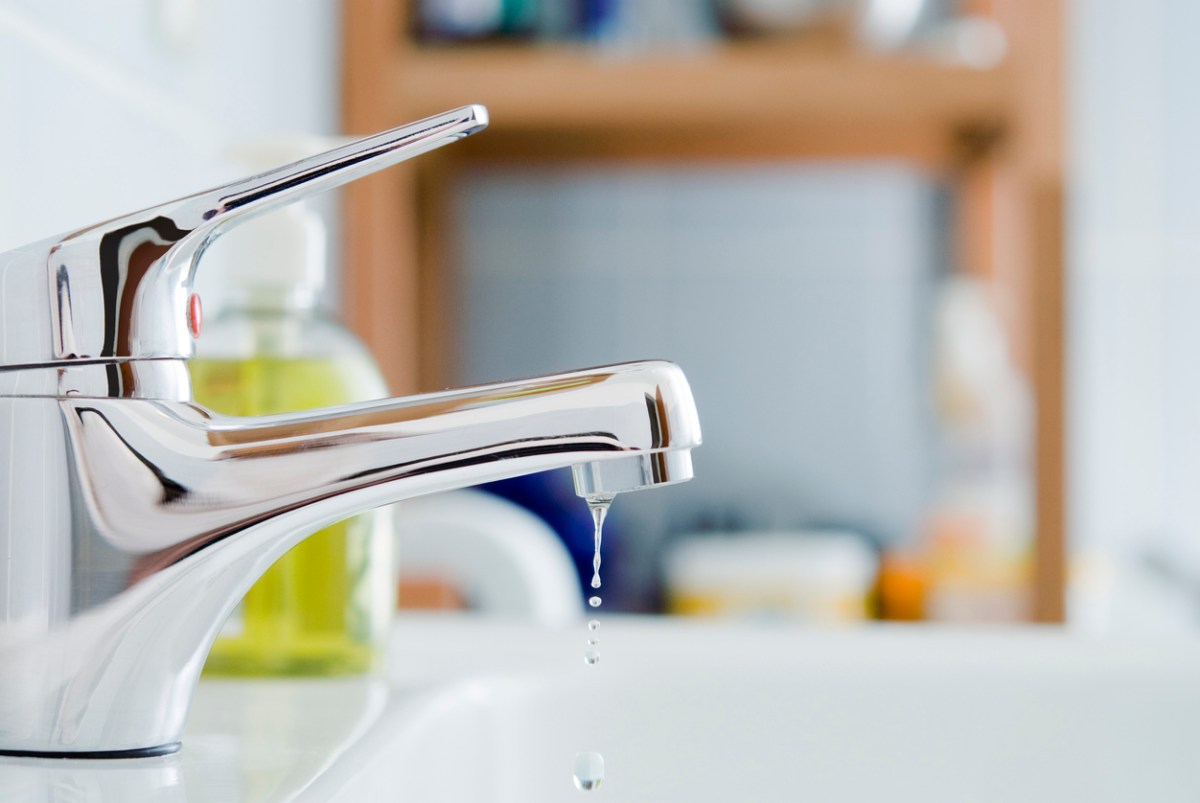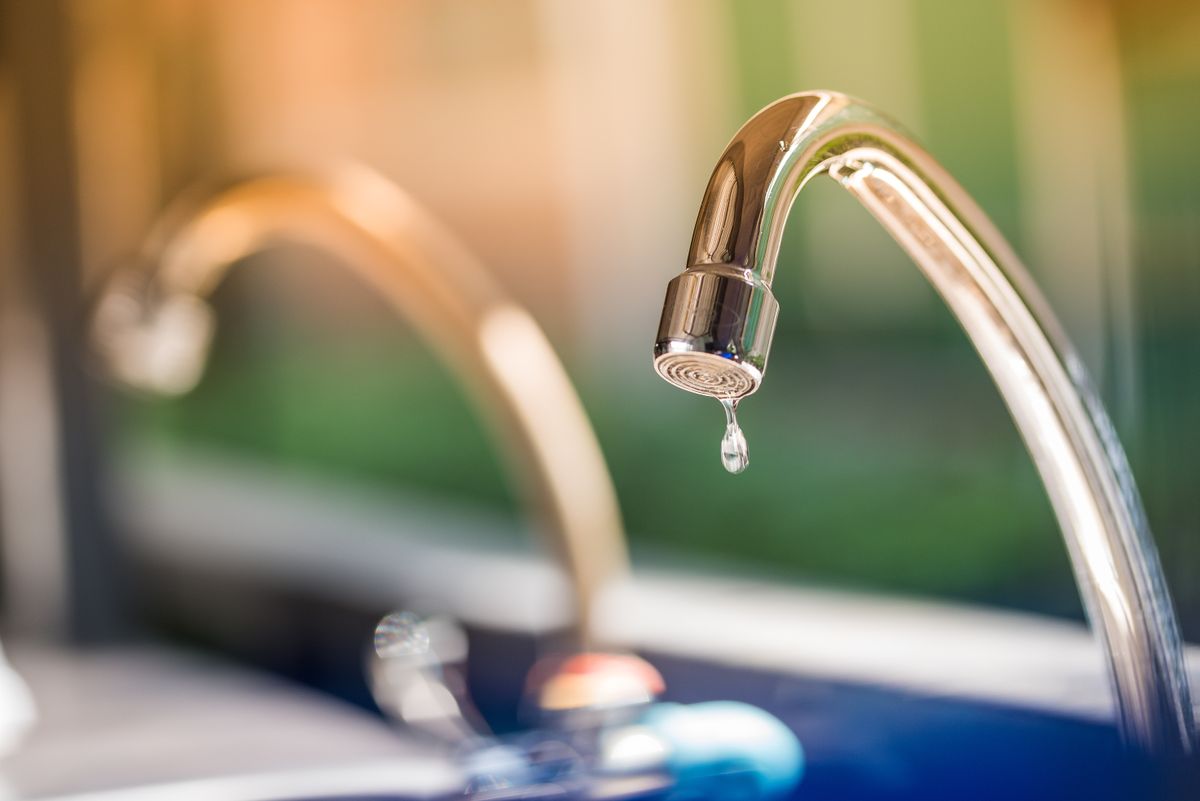Your Reasons Behind Correcting a Broken Faucet
Your Reasons Behind Correcting a Broken Faucet
Blog Article
Were you in search of help and advice concerning Should I Repair or Replace a Leaky Faucet??

Trickling faucets could look like a minor trouble, however their impact goes beyond simply the aggravation of the audio. From wasting water to incurring unnecessary monetary expenses and health risks, overlooking a leaking tap can cause various effects. In this short article, we'll explore why it's essential to resolve this common house problem without delay and successfully.
Wastage of Water
Ecological Effect
Trickling taps contribute significantly to water waste. According to the Epa (EPA), a solitary faucet trickling at one drip per second can throw away greater than 3,000 gallons of water each year. This not only strains water resources however likewise impacts ecosystems and wildlife based on them.
Financial Expenses
Boosted Water Costs
Past the environmental effect, leaking faucets can pump up water bills significantly. The built up waste in time translates into greater utility expenditures, which might have been prevented with timely repairs.
Possible Residential Or Commercial Property Damages
In addition, long term leaking can lead to harm to fixtures and surface areas bordering the faucet. Water buildup can trigger staining, rust, and even architectural issues if left ignored, resulting in extra repair service prices.
Health and wellness Problems
Mold and Mold Development
The constant existence of dampness from a dripping faucet produces an ideal atmosphere for mold and mildew growth. These fungi not just endanger indoor air top quality but likewise posture health dangers, specifically for people with respiratory system problems or allergies.
Waterborne Diseases
Stagnant water in leaking taps can come to be a breeding ground for bacteria and other microorganisms, increasing the danger of waterborne conditions. Impurities such as Legionella microorganisms prosper in stagnant water, potentially leading to major illnesses when ingested or breathed in.
DIY vs. Expert Repair service
Pros and Cons of DIY Repair Service
While some might try to take care of a dripping tap themselves, do it yourself repair work include their very own collection of obstacles. Without proper expertise and devices, DIY efforts can aggravate the concern or cause incomplete fixings, extending the trouble.
Benefits of Hiring a Specialist Plumber
Hiring an expert plumber makes certain that the underlying root cause of the leaking tap is attended to successfully. Plumbings possess the competence and tools to identify and repair faucet problems efficiently, saving time and lessening the risk of additional damages.
Step-by-Step Guide to Dealing With a Dripping Faucet
Devices Needed
Prior to attempting to deal with a dripping tap, collect the needed tools, including a flexible wrench, screwdrivers, substitute parts (such as washing machines or cartridges), and plumber's tape.
Usual Faucet Issues and Their Solutions
Identify the sort of tap and the specific issue triggering the drip. Typical problems include worn-out washing machines, corroded valve seats, or faulty O-rings. Describe supplier instructions or on-line tutorials for step-by-step assistance on fixings.
Preventive Measures
Routine Upkeep Tips
To prevent leaking faucets, perform regular upkeep such as cleansing aerators, evaluating for leakages, and replacing worn-out parts promptly. Additionally, think about setting up water-saving gadgets or upgrading to a lot more effective fixtures.
Value of Prompt Fixes
Attending to leaking faucets as soon as they're seen protects against more water waste and potential damages, inevitably saving both water and money in the future.
Impact on Residential Property Value
Perception of Well-Maintained Residential Property
Maintaining a building in good condition, consisting of addressing maintenance concerns like leaking taps, enhances its viewed value and worth among prospective buyers or tenants.
Impact on Resale Worth
Features with well-kept plumbing fixtures, including taps, command higher resale worths in the realty market. Addressing leaking taps can contribute to a favorable impact during building evaluations and negotiations.
Ecological Duty
Individual Contribution to Conservation
Taking responsibility for dealing with leaking taps lines up with more comprehensive efforts toward water conservation and environmental sustainability. Every person's actions jointly make a considerable impact on maintaining precious sources.
Sustainable Living Practices
By prioritizing prompt repairs and adopting water-saving practices, individuals contribute to lasting living techniques that profit both present and future generations.
Conclusion
Addressing a dripping tap surpasses simple benefit; it's a necessary action towards saving water, decreasing financial prices, and securing health and wellness and building. Whether with DIY fixings or expert assistance, doing something about it to repair trickling faucets is a tiny yet impactful way to advertise liable stewardship of sources and add to a much healthier, a lot more sustainable future.
How to Fix a Dripping or Leaky Faucet
A leaking faucet is one of the most common problems that homeowners encounter, but it being commonplace doesn’t make it any less annoying. The constant drip drip drip of a leaking bathtub faucet, showerhead, or sink tap can disturb your home’s serenity. Left neglected, a dripping faucet can also result in higher water bills and discoloration or mold growth in your sink or plumbing fixtures.
Fortunately, you don’t have to be a trained plumber to know how to stop a dripping faucet. With some basic tools, replacement parts, and a little patience, leaky faucet repair is a breeze. In this article, we’ll explain what causes dripping faucets and how you can fix them.
What Causes a Leaking Faucet?
Kitchen and bathroom faucets come in all manner of designs, but most involve some combination of valves, O-rings, seals, and washers. The O-ring is usually the weakest link, but any one of these pieces can wear down over time. Heat, moisture, temperature fluctuations, minerals, mold, and movement can contribute to warping and corrosion, breaking the watertight seal. This just comes with the territory of being a homeowner. Everything is always subject to wear and tear, and some component parts of your appliances and fixtures need to be replaced on occasion. At least replacement O-rings are cheap!
More rarely, dripping faucets can be a symptom of excessively high water pressure. Were this the case in your home, you would probably notice that the leak is not isolated to one faucet. Water pressure issues are harder to resolve on your own. We recommend contacting a professional plumber if you suspect your water pressure is too high.
How to Fix a Dripping Faucet
Pipe wrench or monkey wrench Allen wrench set Screwdrivers Old towel or rag Shut off the water.
Before you do anything, you need to turn off the water to keep from drenching your kitchen or bathroom. You should find a valve under the sink and against the wall. Once you’ve turned this valve, try turning the faucet on to confirm that the water source has been cut off.
If you can’t locate your local valve for the faucet you’re working on, you can always shut off the water to the house at the main valve. Of course, this will prohibit anyone from using the sinks, showers, or toilets while you’re working on the faucet that’s giving you trouble.
Plug or block the drain.
You’ll be disassembling the faucet and removing some small bits of hardware. Plug the drain with a stopper or rag to avoid the possibility of a small screw falling into your P-trap.
Take apart the faucet assembly.
There are several varieties of kitchen and bathroom faucets, each with its own manner of assembly. For detailed instructions on how to disassemble your faucet, you can refer to the fixture’s manual or contact the manufacturer. If you know whether you have a ball, disc, cartridge, or compression faucet, you can find detailed schematics online.
In general, you need to begin by removing the faucet handles. You might notice a small screw that you’ll need to remove with a screwdriver or Allen wrench. If you don’t see any visible securing hardware, it’s likely hidden under a decorative cap that can be unscrewed or popped off with flathead screwdriver.
Remove each piece methodically, consulting a schematic when necessary. Take notes or arrange the pieces in such a way to make it easier to correctly reassemble the faucet later.
Remove the cartridge.
Once you’ve removed the handles and securing hardware, you should be able to remove the valve cartridge or stem. Some cartridges will slide right out. Other faucet models will require you to loosen a nut with a pipe wrench before you can remove the valve stem.
Examine the exposed hardware.
With the cartridge or stem removed, inspect the component parts. Check the rubber O-rings for wear and tear. Also examine the seat washer for corrosion or other damage. These pieces are usually the responsible parties for a dripping faucet, but it’s worth inspecting the other component parts while you have the faucet disassembled.
Find replacement parts.
Once you’ve identified which faucet component has failed, find an identical replacement. Your local hardware store should have O-rings, seat washers, and other standard components in stock. If you have a luxury or uncommon faucet, you may have to contact the manufacturer for a replacement part.
It’s a good idea to take your old parts with you to the hardware store so you can compare them with the store’s inventory and be sure you’re purchasing the correct replacement.
Reassemble the faucet.
With your new parts in hand, reconstruct the faucet and handles. Don’t be tempted to overtighten screws or nuts. You might think this could create a better seal, but it can instead damage or bend a delicate part of the assembly and create a new problem for you.
Turn on the water and test the faucet.
The only thing left to do is test your work. Unplug the sink, turn the water back on, and try the faucet. Congratulate yourself on a job well done!
https://www.libertyhomeguard.com/how-to-fix-a-dripping-or-leaky-faucet/

As a passionate person who reads about Should I Repair or Replace a Leaky Faucet?, I thought sharing that piece of content was a smart idea. Enjoyed our blog entry? Please quickly share it. Let other people check it out. Thank you so much for your time spent reading it.
Report this page